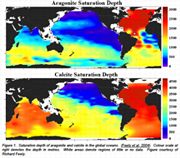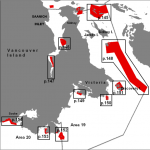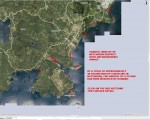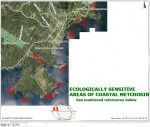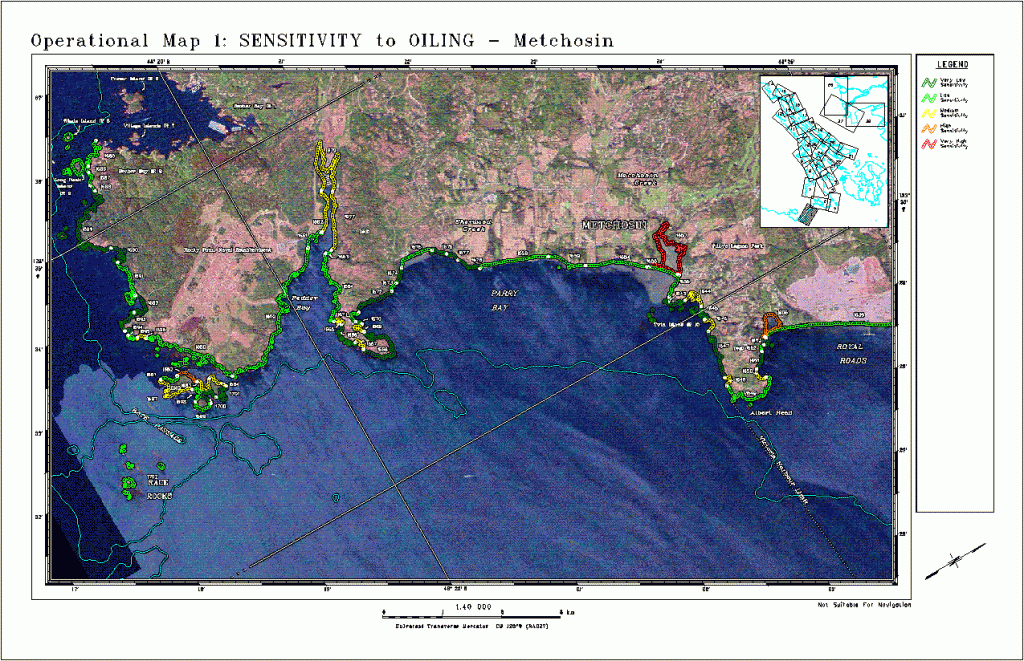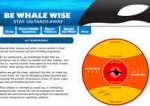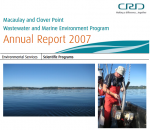If Seafood fisheries in British Columbia are to remain sustainable then there must be adherence to a regime of regulations . Management of fisheries in the past has often led to depletion of resources. Examples can be drawn from herring and salmon resources in BC, the anchovy and sardine examples of Pacific Coast of North and South America, and the Atlantic Cod. The unsustainable practises of Drift net fisheries, bottom trawling, and by-catch are examples of why there are problems.(see reference No.5 below).
Here is an opportunity to emphasize best practises for ecologically sustainable fisheries. The Precautionary Principle is at the base of a requirement for sustainable fisheries.
Resource references:
1. In the report “Progress Towards Environmental Sustainability in British Columbia’s Seafood Sector., May 2001″ there are a number of excellent graphics which present a framework for sustainable fisheries.
http://www.bcseafoodalliance.com/BCSA/AMRSummitReport.pdf
The topics below are dealt with in length and provide excellent examples of displays and interactive presentations which could be set up on sustainable fisheries.
Sustainable Fishing and Aquaculture
Sustainable Harvest of Target species and Stocks
Limiting the impacts of Fisheries on Non-Target species,
Limiting Impacts on Habitats and Ecosystems
Ensuring effective management and regulation.
2. The Geoduck Fishery: has established a Code of Conduct for responsible Fishing.
http://www.geoduck.org/pdf/UHA_Code_Report.pdf
3. 2006 BC Seafood Industry report http://www.env.gov.bc.ca/omfd/reports/YIR-2006.pdf
4. Seafood Statistics:
http://www.env.gov.bc.ca/omfd/fishstats/index.html
5. FIsheries Issues:
http://oceanworld.tamu.edu/resources/oceanography-book/fisheriesissues.htm
Go to the sustainable aquaculture section
From: http://www.worldwatch.org/node/5352 Oceans in Peril: Protecting Marine Biodiversity publ 2007
An ecosystem approach promotes both conservation and the sustainable use of marine resources in an equitable way. It is a holistic approach that considers environmental protection and marine management together, rather than as two separate and mutually exclusive goals. Paramount to the application of this approach is the establishment of networks of fully protected marine reserves, in essence, “national parks” of the sea. These provide protection of whole ecosystems and enable biodiversity to both recover and flourish. They also benefit fisheries by allowing for spillover of fish and larvae or eggs from the reserve into adjacent fishing grounds.
Outside of the reserves, an ecosystem approach requires the sustainable management of fisheries and other resources. Demands on marine resources must be managed within the limits of what the ecosystem can provide indefinitely, rather than being allowed to expand as demographic and market forces dictate. An ecosystem approach requires protection at the level of the whole ecosystem. This is radically different from the current practice, where most fisheries management measures focus simply on single species and do not consider the role of these species in the wider ecosystem.
An ecosystem approach is also precautionary in nature, meaning that a lack of knowledge should not excuse decision-makers from taking action, but rather lead them to err on the side of caution. The burden of proof must be placed on those who want to undertake activities, such as fishing or coastal development, to show that these activities will not harm the marine environment. In other words, current presumptions that favor freedom to fish and freedom of the seas will need to be replaced with the new concept of freedom for the seas.”
Reference:
1.Canessa, R., Conley, K., and Smiley, B. 2003. Bowie Seamount Marine Protected Area: an ecosystem overview report. Can. Tech. Rep. Fish. Aquat. Sci., 2461. …
http://www.seaaroundus.org/…/ASynthesisResearchActivitiesFCEcosystemBaseFish.pdf –
2. http://archive.nafo.int/open/sc/2008/scs08-10.pdf.
Northwest Atlantic Fisheries Organization Serial No. N5511 NAFO SCS Doc. 08/10 SCIENTIFIC COUNCIL MEETING – JUNE 2008 Report of the NAFO Scientific Council Working Group on Ecosystem Approach to Fisheries Management (WGEAFM) NAFO Headquarters, Dartmouth, Canada 26-30 May 2008.
In recognition of an amended NAFO Convention (currently awaiting ratification) which has principles of an Ecosystem
Approach to Fisheries Management, Scientific Council established a Working Group on the Ecosystem Approach to
Fisheries Management in September 2007. Terms of Reference (ToR1) for this WG relate to the identification of eco-
regions within the NAFO Convention Area (NCA) and the development of ecosystem health indicators.
3. A synthesis of Research Activities at the Fisheries Centre on Ecosystem-based Fisheries Modelling and Assessment with emphasis on the Northern and Central Coast of BC..2007,
S.Guenete,V.Christiansen,C. Hover,M.Lam D.Preikshot, D. Pauly

